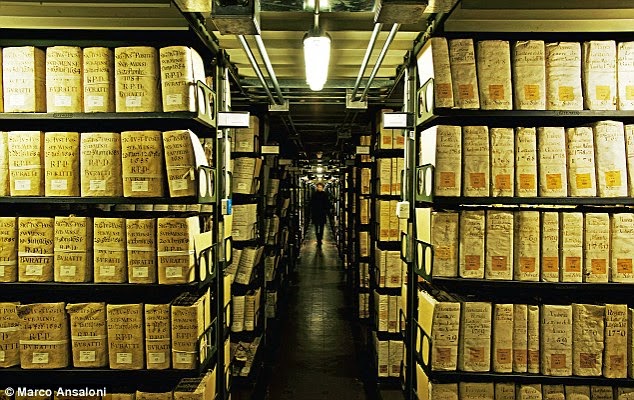1. Lascaux Caves in France
 |
| A complex of Caves Famous for its Paleolithic Cave Paintings |
The caves, which were prohibited, have now been menaced recently with a number of unusual, and just partly controlled by fungal invasion for the public since 1963 .
Any human presence within the caves is deemed possibly harmful. Usually, one security guard for a couple of minutes at a time enters only once a week.
Lascaux cave was included with the UNESCO World Heritage Sites record as well as other primitive sites within the Vezere Valley, France in 1979.
2. Poveglia Island in Italy
 |
| Poveglia, a very small island in Italy that is suspected to be haunted. |
In the year 1348, a plague called the Bubonic Plague appeared in Venice and Poveglia like many other tiny islands, turned a quarantine nest. Worrying the spread of the illness, Venice exiled a lot of its indication-bearing people there. In the island's core, the deceased along with the dying, who have been mistaken for dead, were burnt on pyres massive. Thse fires could burn once again in 1630 when the Black Death again taken through the town.
During the 20th century, the island was used as a quarantine station again, but the existing building was turned into a hospital for the mentally ill on 1922 until 1968. The hospital then shut and turned once again inhabited the island.
Stories encompass the area of hauntings by the victims of plague and war, in addition to a crazy doctor of the psychological institution who allegedly tortured and butchered patients. Today, the island is forbidden to locals and tourists.
3. Our Lady Mary of Zion Church in Ethiopia
 |
| Church of Our Lady Mary of Zion, a very important biblical object is preserved here. |
Due to the relevance and holiness of the ark, that is specially selected monk has the privilege of entering the temple, and no one else is permitted to set eyes onto it or even get near it.
4. Niihau Island in Hawaii
 |
| An exotic Hawaiian Island shut to the public in order to preserve culture and wildlife |
It is the seventh largest of the Hawaiian Islands that is inhabited. No roads, stores, electricity and no indoor plumbing. On the contrary, it is the only school in Hawaii or perhaps the only one in the country that uses its electricity entirely on solar energy.
In 1864, Elizabeth Sinclair from the Kingdom of Hawaii purchased Niihau, and her descendant, the Robinson family, received the private ownership of the island.
Aubrey Robinson, Sinclair's grandson, shut most visitors to the island in order to preserve it indigenous culture and wildlife. You could visit the island only by special permission, even if you are relatives of the inhabitants.
5. The Vatican Secret Archives
 |
| The archives are off limits to everyone except for a very few people |
Under the orders of Pope Paul V, the Secret Archives were divided in the Vatican Library, where scholars had some limited usage of them, and kept completely sealed to outsiders until 1881, when Pope Leo XIII exposed them to experts, greater than a thousand of whom today analyze its files annually.
The Vatican Secret Archives have already been estimated to contain 52 miles of rack, and you will find 35,000 volumes within the particular catalog alone. In order to protect diplomatic and governmental information, those documents that are not yet 75 years old can not be accessed.
0 comments:
Post a Comment